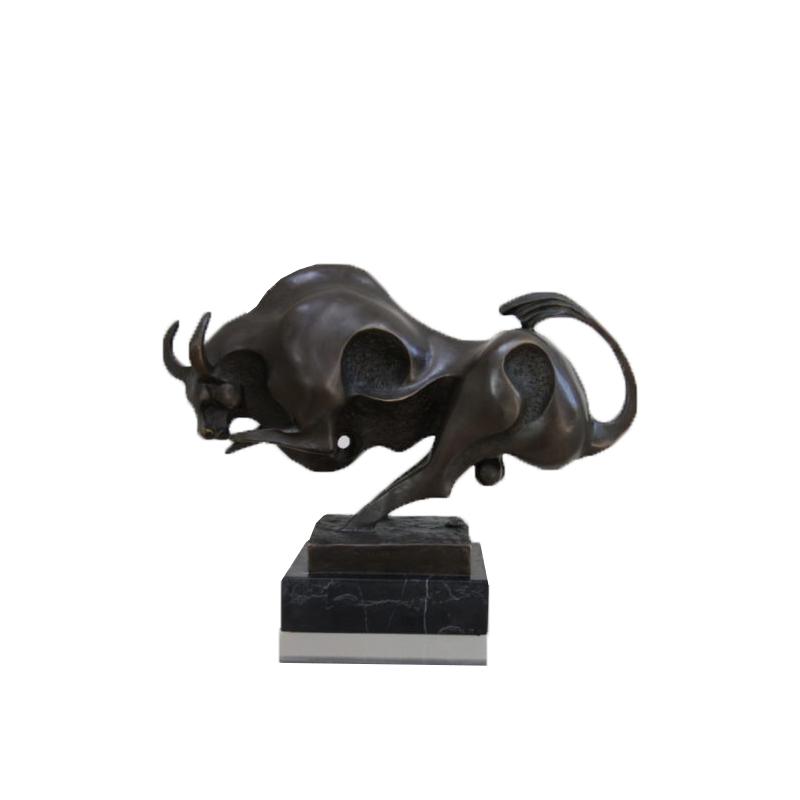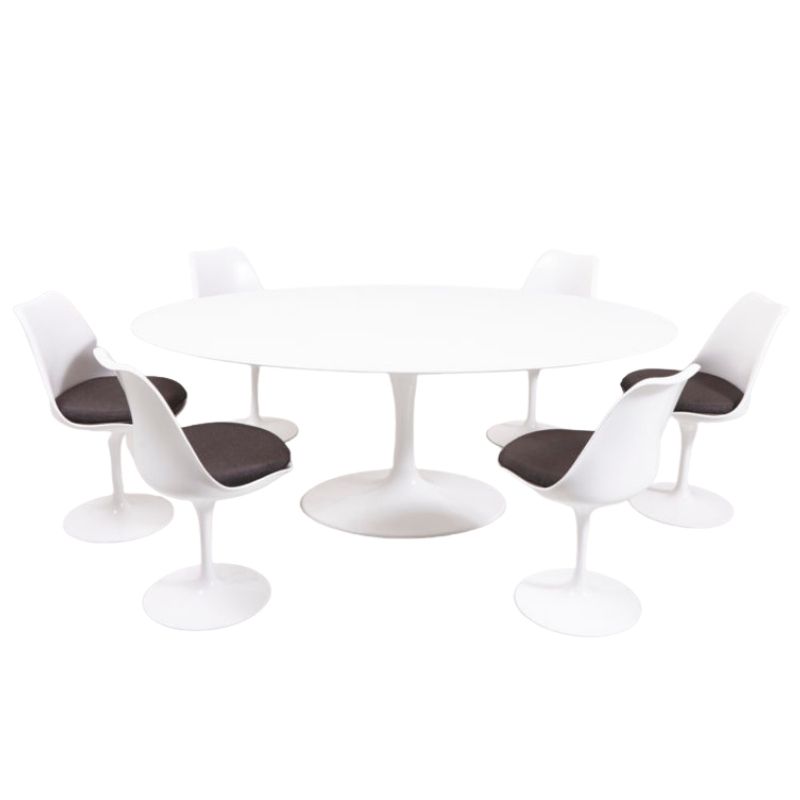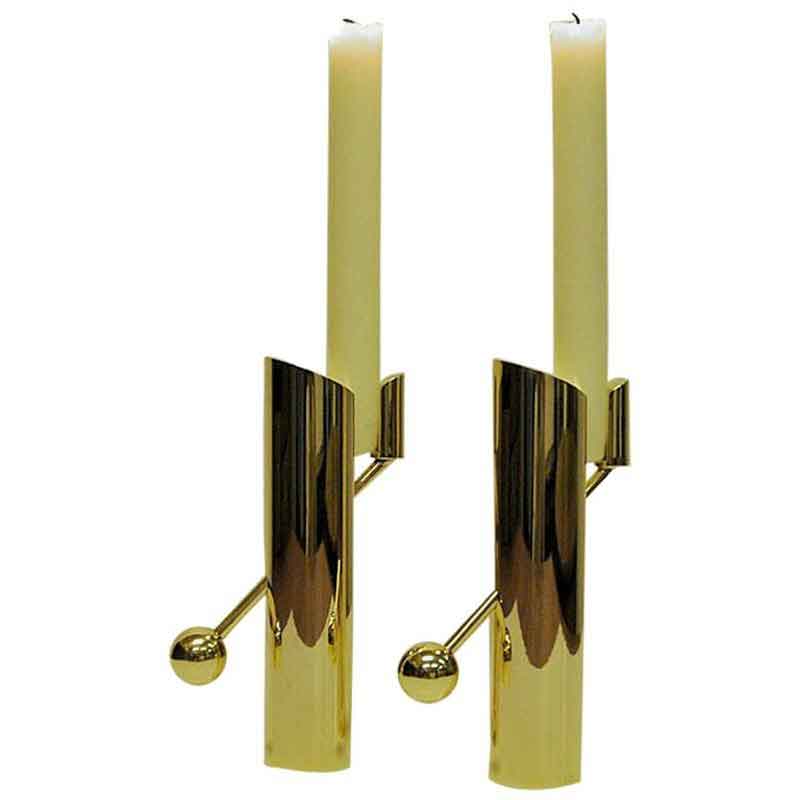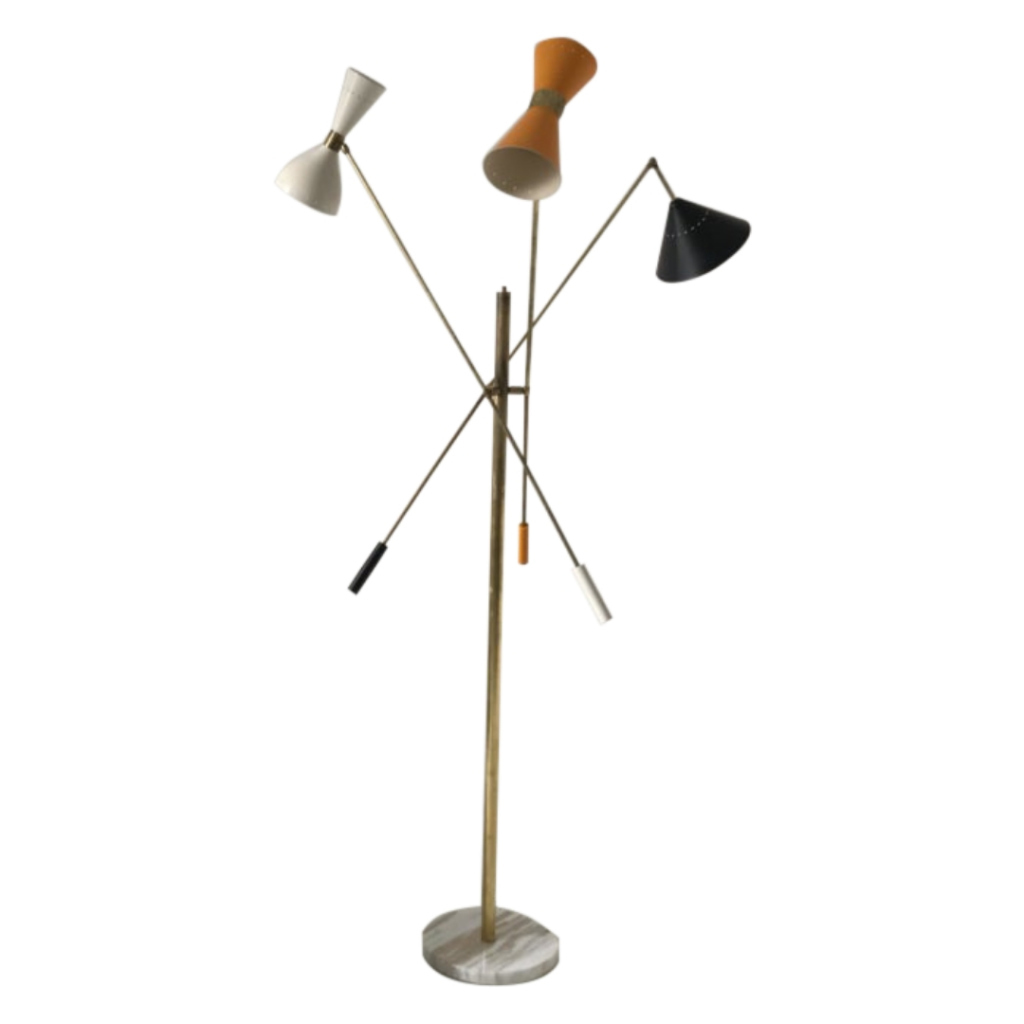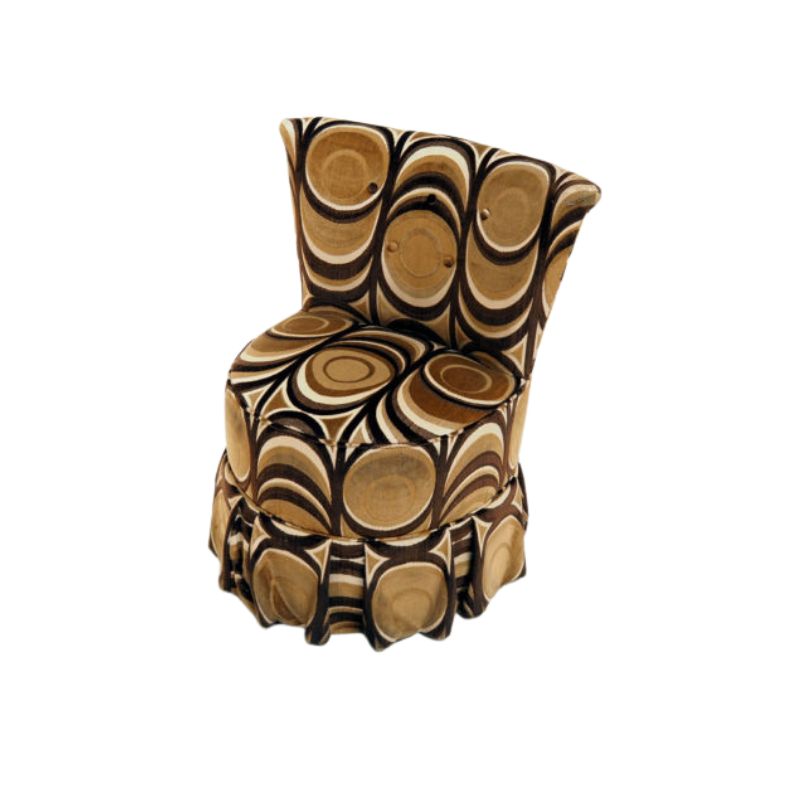@richardjacobsiinet-net-au I'm not an expert on this, especially not on Gio Ponti. But just to be clear: Are we talking this pattern? Usually weaving of a chair seat is something you can do on your own with a little preparation. It is probably not your favorite option - understandably so - but if you don't find anybody to help you, it should be possible. Maybe our friend @spanky has eperience in this field and can give any tips?

"People buy a chair, and they don't really care who designed it." (Arne Jacobsen)
Got the bat signal--thanks, Herringbone!
I don't know anyone who does this kind of work in Australia but that doesn't mean there isn't anyone.
If you want to get an idea of what's involved in doing it yourself, I recommend the book "Caner's Handbook" by Bruce Miller and Jim Widess. It's out of print but there are a lot of used copies on the market and shouldn't be too hard to find someone who is willing to ship to Australia. Maybe there are even a few copies in Australia already.
I was gifted a pair of these a few years ago, with broken cane. I looked into options for re-caning myself, and came to the conclusion that these are not true handwoven patterns, but a hybrid. Although I have not seen any factory photos or statements that support this theory, I believe Cassina uses machine pre-woven sheets. After cutting an oversized piece for the seat, the four edges are then partial unwoven to create loose ends all around. Then the cane is soaked, and all the loose ends handwoven around the seat rails. Each cane strand is tucked into a type of knot with leftover ends cut. After the cane dries, the seat is then nice and tight.
In my research, I saw two attempts from caners to try to reweave completely by hand. After a few prelim blog posts, neither one had a finished photo, probably because they gave up partway through. I don't think it is feasible to recreate that tight cane weave all by hand.





Okay, always good to have pros around. Thanks @cdsilva for you insights. Did you consider asking Cassina about replacement sheets?
"People buy a chair, and they don't really care who designed it." (Arne Jacobsen)
I checked their website to see if they sold replacement cane, but no mention. I guess they are more interested in new sales than restoration of vintage. I did not send a written inquiry.
Frank's has some prewoven sheets that look like they might come close. Even if there was an exact match, I was not very confident in my abilities to execute that effort cleanly, especially since I could not find any step-by-step tutorials like you can for re-cording a Wishbone or Moller chair. Plus flat leather seats are an official Cassina option, so I stuck with what I thought could handle.
Yeah. The longer I look at it, the more I think it was a good decision. I stumbled upon this one blog you probably referred to where professional weavers write about the difficulties of doing it. Apparently it took them weeks to finish it - if they even made it at all.
"People buy a chair, and they don't really care who designed it." (Arne Jacobsen)
Yes that’s the weave woven on the chair - not an inset. Have contacted Cassina so will await their response.Thanks to all.
Upon re-examining those close-up photos again for the first time in a while, I see one more installation sequencing that I didn't notice when I did the restoration. The corners are all hand woven for 7-8 strands, to account for the width of the rails there. These have to be handwoven, instead of part of the pre-weave, since they are stapled in groups of 3-4 to the rails, under the weave. Quite a testament to the weaving quality that even up close, it is difficult to differentiate.
The more I look closely at this design, the more I love it. I'm mostly a Danish Modern guy, but can see why Illums Bolighus deemed this worthy enough to include in their mostly Danish offerings in the 60's.
Phoned Cassina. They explained "there would be a lot out there who would buy them - whatever the condition. We can order eight new ones" for you. Now, if I understand you correctly the first 7-8 strands are woven by hand (starting from each corner) into the 'pre-woven". Thank you again.
Phoned Cassina. They explained "there would be a lot out there who would buy them - whatever the condition. We can order eight new ones" for you. Now, if I understand you correctly the first 7-8 strands are woven by hand (starting from each corner) into the 'pre-woven". Thank you again
Based on my observations of original caning details, my reverse engineering guess was that, yes, the four corners are initially hand woven and stapled, Afterwards, the prewoven cane sheets, unraveled on all four sides, are handwoven around the rails in a manner where there are no gaps between cane strands just off the corners. Because this cane is so thin, you can have some overlap here and not really notice.
Funny how Cassina sidestepped your question and pivoted directly to sales. This pretty much confirms they want to hide the weaving technique so that they can sell new chairs. They could easily sell the prewoven sheets if they were interested in having others restore older chairs.
If you need any help, please contact us at – info@designaddict.com






